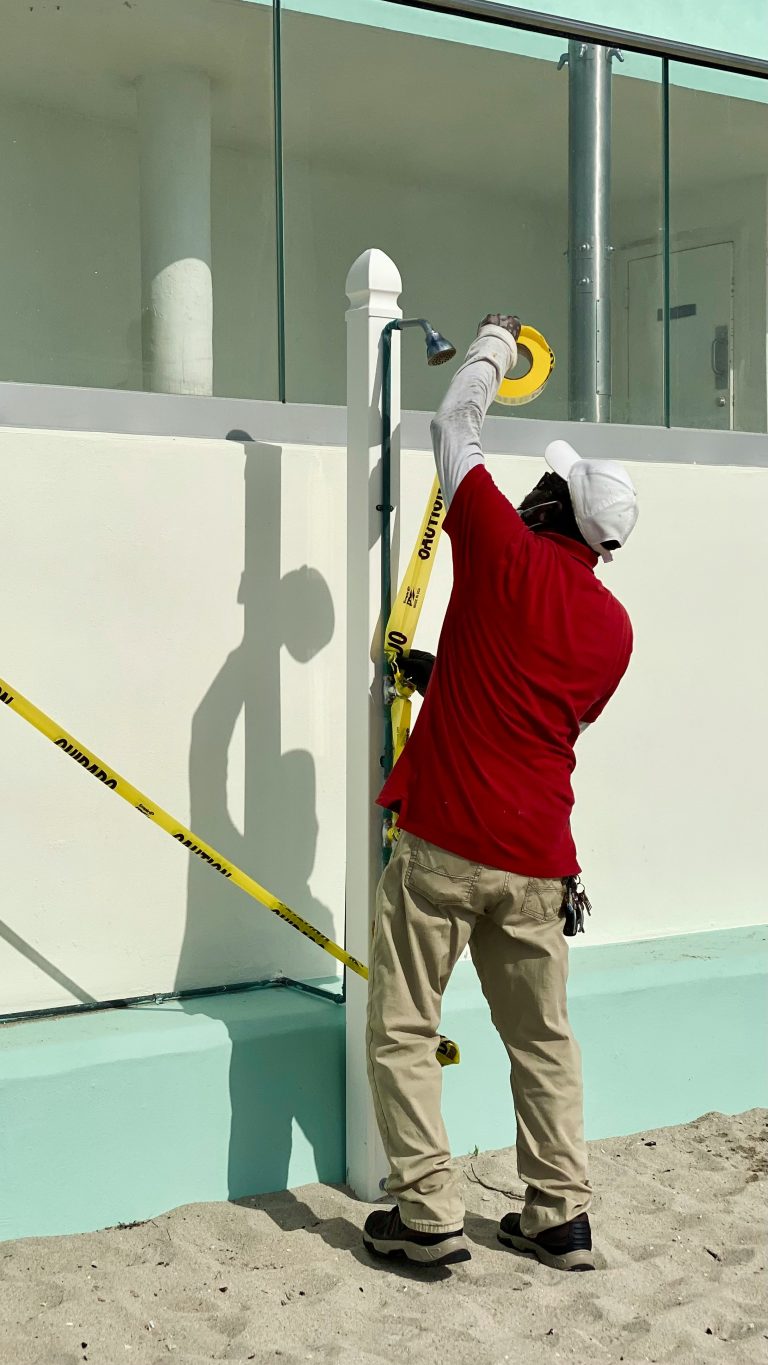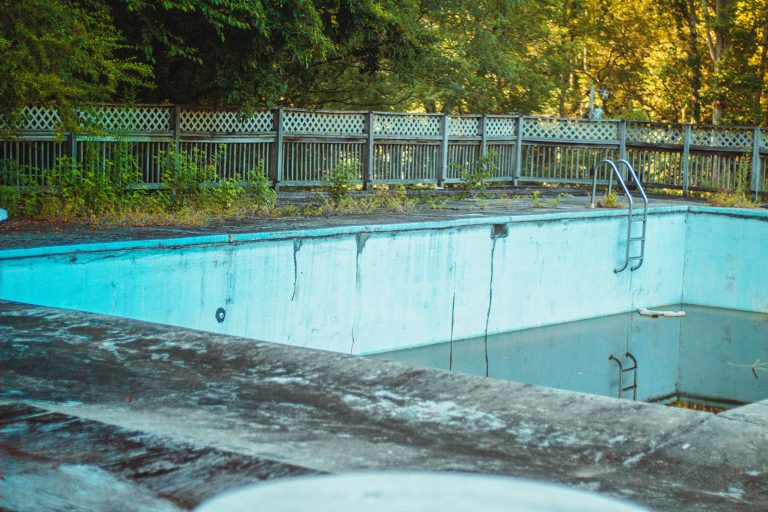Swimming pools are a source of recreation, fitness, and relaxation, but behind the sparkling water lies a hidden challenge that many pool owners underestimate: humidity control.
Whether you’re operating a commercial indoor pool or maintaining a backyard pool in a humid region like Pearland, excess moisture in the air can cause serious consequences.
A single indoor pool can evaporate as much as 300 litres of water every hour, and without effective pool dehumidification systems, this water vapour quickly drives up indoor humidity levels.
Ideally, the relative humidity (RH) in a pool hall should remain between 50% and 60%.
Anything above this range can trigger a cascade of issues including structural damage, mold growth, air quality problems, rising energy costs, and uncomfortable swimming conditions.
Why Humidity Control Matters in Pools
The science behind indoor pool humidity problems is straightforward: the warmer the pool water and surrounding air, the faster evaporation occurs.
In an enclosed environment, the evaporated moisture has nowhere to escape, and the air becomes saturated.
High humidity encourages condensation on walls, ceilings, and windows, which over time seeps into building materials and leads to cracks, corrosion, and water damage.
Structural issues are just the beginning — excess moisture also destabilizes water chemistry.
Cloudy water, algae blooms, and bacterial growth become more common when humidity is uncontrolled, putting swimmers at risk of skin irritation, eye infections, and respiratory illness.
To counter these effects, pool operators often find themselves adding more chlorine and chemicals, which increases operating costs and creates further irritation for users.
Consequences of Poor Pool Humidity Control
Another major risk of poor pool humidity control is the growth of mold and mildew.
Warm, damp air creates the perfect breeding ground for these fungi, which spread across tiles, walls, and pool accessories, leaving behind stains, musty odours, and serious health risks.
Mold spores in indoor air have been linked to allergies, asthma, and other respiratory conditions.
Meanwhile, excess humidity also damages pool equipment and electrical systems.
Pumps, heaters, lighting fixtures, and control panels exposed to high moisture levels corrode quickly, increasing the risk of short circuits, equipment failures, and even electrical fires.
Combined with the fact that HVAC systems must work harder in humid conditions, leading to decreased energy efficiency, the impact of uncontrolled pool humidity can be financially draining as well as unsafe.
For example, lowering the air temperature by just 2°F below the pool water temperature increases humidity load by 35%, which can overwhelm even a strong dehumidifier.
Outdoor Pools in Humid Climates like Pearland, Texas
In outdoor environments, such as Pearland, Texas, humidity plays a slightly different role.
While high outdoor humidity slows down evaporation and reduces water loss, it also creates a favourable environment for algae and bacteria to thrive.
Pool water can quickly become cloudy and unsafe, requiring more frequent chemical adjustments to maintain safe chlorine levels.
Local weather also affects pool chemistry: rainfall tends to lower water pH and make it acidic, while wind carries debris into the pool that disrupts water balance.
Despite the naturally humid air, using a pool cover is still a smart choice in Pearland, as it helps maintain water temperature, prevents debris accumulation, and reduces the demand for chemicals.
Warning Signs of Indoor Pool Humidity Problems
Signs of excessive humidity in indoor pools are usually easy to spot if you know what to look for.
Condensation on windows, ceilings, and skylights, corrosion on door hardware, visible mold growth, musty smells, and even unusual behaviour from dehumidifiers such as frequent short cycling or loud vibrations all point to underlying humidity control issues.
Addressing these problems requires a multi-step approach.
Solutions for Effective Pool Humidity Management
Investing in modern indoor pool dehumidification systems is essential, as they are designed to maintain the right humidity range, filter out harmful airborne pool chemicals, and balance air temperature relative to pool water.
Proper ventilation is equally critical, since ducts must deliver conditioned air directly onto windows and circulate clean air into the breathing zone.
Ventilation systems should also be slightly positively pressurized — expelling about 10% more air than they take in — to ensure moist indoor air does not seep into wall cavities and fuel mold growth.
Equally important is regular maintenance.
Scheduling HVAC and dehumidifier inspections every six to twelve months, monitoring pool chemistry daily, cleaning the pool area frequently, and inspecting electrical systems for early signs of corrosion all play a vital role in preventing small problems from turning into costly repairs.
For commercial pools, this maintenance is non-negotiable, as it ensures compliance with safety standards, protects the facility’s infrastructure, and provides a comfortable, healthy environment for customers.
Conclusion
Ultimately, while humidity is an unavoidable byproduct of swimming pools, its consequences can be devastating if ignored.
From structural damage and equipment breakdowns to algae growth, poor indoor air quality, and rising energy costs, the negative effects extend far beyond discomfort.
The solution lies in a proactive, professional approach: install high-quality pool dehumidification and ventilation systems, maintain relative humidity between 50% and 60%, and schedule routine inspections with certified HVAC technicians.
For outdoor pools in humid climates like Pearland, regular chemical monitoring and the use of pool covers remain key to keeping water clean and safe.
By understanding and addressing indoor pool humidity problems, pool owners and operators can protect their investment, extend the lifespan of their facilities, and ensure their pools remain safe, enjoyable, and cost-efficient for years to come.
Contact us for pool cleaning services in Pearland Texas.


